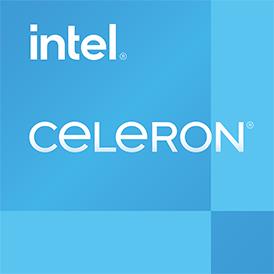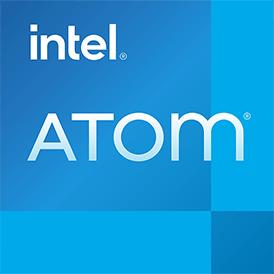 Estimated results for PassMark CPU Mark
Estimated results for PassMark CPU Mark
|
|
Intel Celeron J3455E
4C 4T @ 1.5 GHz
|
2255
|
|
|
Intel Atom Z3735F
4C 4T @ 1.33 GHz
|
533
|
 Geekbench 3, 64bit (Multi-Core)
Geekbench 3, 64bit (Multi-Core)
|
|
Intel Atom Z3735F
4C 4T @ 1.33 GHz
|
2183
|
|
|
Intel Celeron J3455E
4C 4T @ 1.5 GHz
|
2175
|
 Geekbench 3, 64bit (Single-Core)
Geekbench 3, 64bit (Single-Core)
|
|
Intel Celeron J3455E
4C 4T @ 1.5 GHz
|
1260
|
|
|
Intel Atom Z3735F
4C 4T @ 1.33 GHz
|
783
|
 Geekbench 5, 64bit (Multi-Core)
Geekbench 5, 64bit (Multi-Core)
|
|
Intel Celeron J3455E
4C 4T @ 1.5 GHz
|
1224
|
|
|
Intel Atom Z3735F
4C 4T @ 1.33 GHz
|
588
|
 Geekbench 6 (Multi-Core)
Geekbench 6 (Multi-Core)
|
|
Intel Celeron J3455E
4C 4T @ 1.5 GHz
|
874
|
|
|
Intel Atom Z3735F
4C 4T @ 1.33 GHz
|
392
|
 Geekbench 6 (Single-Core)
Geekbench 6 (Single-Core)
|
|
Intel Celeron J3455E
4C 4T @ 1.5 GHz
|
292
|
|
|
Intel Atom Z3735F
4C 4T @ 1.33 GHz
|
146
|
 iGPU - FP32 Performance (Single-precision GFLOPS)
iGPU - FP32 Performance (Single-precision GFLOPS)
|
|
Intel Celeron J3455E
4C 4T @ 1.5 GHz
|
134
|
|
|
Intel Atom Z3735F
4C 4T @ 1.33 GHz
|
41
|
 Cinebench R11.5, 64bit (iGPU, OpenGL)
Cinebench R11.5, 64bit (iGPU, OpenGL)
|
|
Intel Celeron J3455E
4C 4T @ 1.5 GHz
|
19.6
|
|
|
Intel Atom Z3735F
4C 4T @ 1.33 GHz
|
3.5
|
 Cinebench R11.5, 64bit (Multi-Core)
Cinebench R11.5, 64bit (Multi-Core)
|
|
Intel Celeron J3455E
4C 4T @ 1.5 GHz
|
1.1
|
|
|
Intel Atom Z3735F
4C 4T @ 1.33 GHz
|
1.1
|
 Cinebench R11.5, 64bit (Single-Core)
Cinebench R11.5, 64bit (Single-Core)
|
|
Intel Celeron J3455E
4C 4T @ 1.5 GHz
|
0.6
|
|
|
Intel Atom Z3735F
4C 4T @ 1.33 GHz
|
0.3
|

